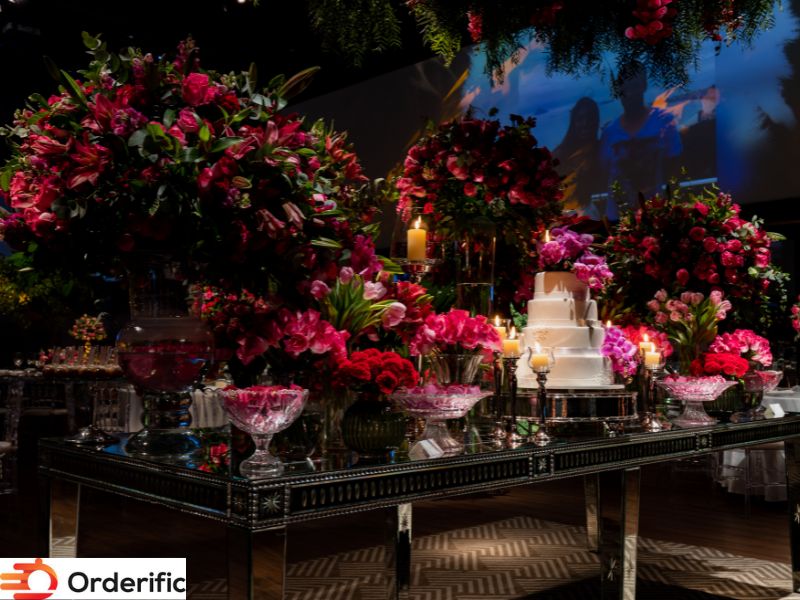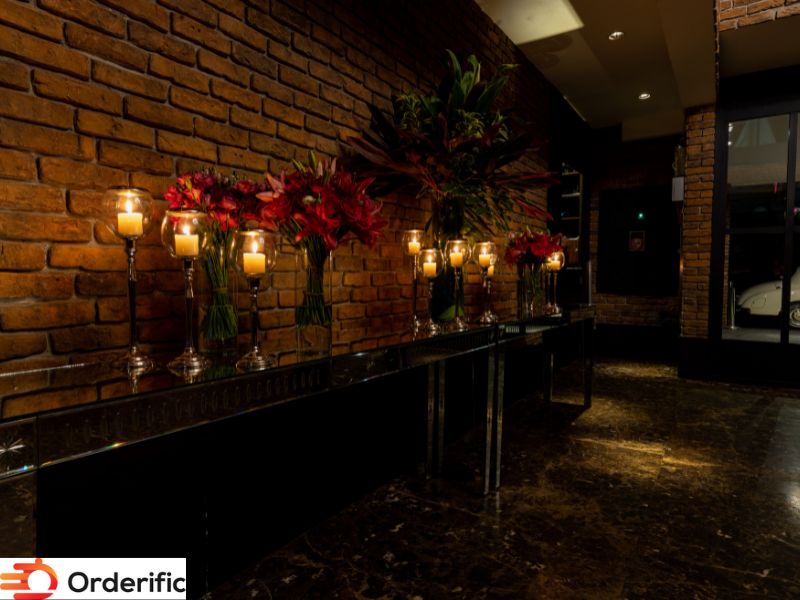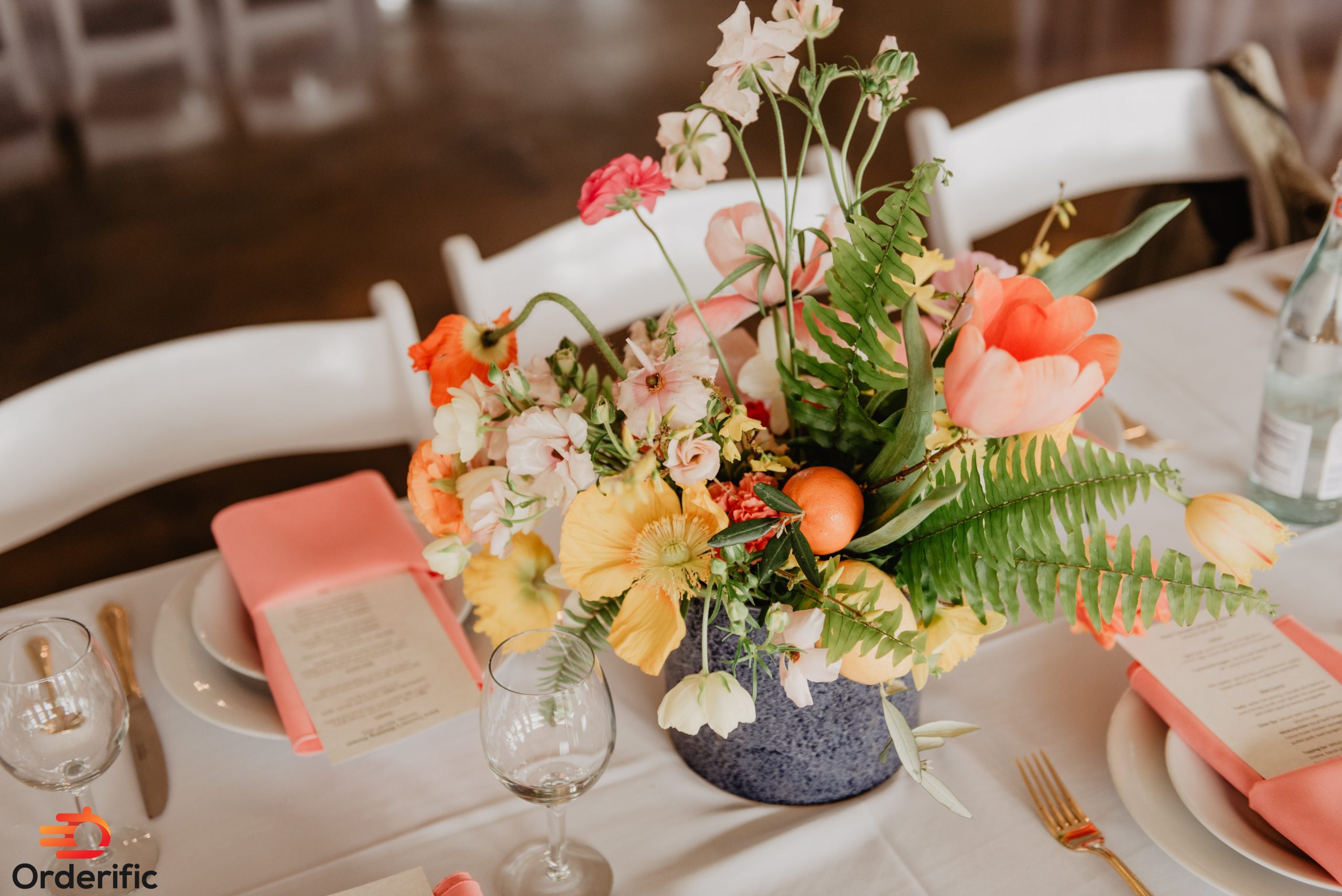Introduction
At first glance, the terms Ambiance vs ambience might seem interchangeable in English. Originating from the French word ‘ambiance’, they both allude to a particular place’s mood, atmosphere, or vibe. However, nuances exist. While ‘ambience’ is often used in British English to describe a restaurant’s welcoming atmosphere, characterized by soft lighting, soothing background music, and attentive customer service, ‘ambiance’ is more common in American English, capturing the urban atmosphere or sensory experience one might encounter in different spaces. Whether using smart LED lights to create the perfect ambiance or ambient music to set a pleasant mood, the choice between ‘ambiance’ and ‘ambience’ can subtly shape guests’ experiences. Let’s delve further into the distinct atmospheres these terms can create.
Ambiance Vs. Ambience: Defining The Terms And Their Usages
An understanding of ‘ambiance’ and ‘ambience’ can significantly influence the atmosphere and mood of a particular space. In British English, the term ‘ambience’ is often used to describe a welcoming atmosphere in a restaurant. This pleasant ambience can be created using soft lighting, soothing background music, and top-notch customer service. On the other hand, American English generally prefers the term ‘ambiance’. This concept encapsulates the urban ambiance, involving sensory experiences in different spaces.
You may be dining under intelligent LED lights in a city restaurant or enjoying ambient music in a suburban cafe; the choice between ambiance vs ambience subtly shapes your experience. A well-designed lighting system or the right genre of music can create the perfect ambiance, significantly enhancing the mood and aesthetic of a space.
Interestingly, both terms originate from the French word ‘ambiance’, which describes the mood or atmosphere in a location. The French ambiance often alludes to a sensory experience involving light, sound, and other elements that create a specific mood.
In essence, ‘ambiance’ and ‘ambience’ envelop guests in a particular mood, whether in a restaurant or any other establishment. These terms, in both English and French, underscore the importance of crafting a distinctive atmosphere that leaves a lasting impression on customers.
Setting The Mood: Understanding The Role Of Ambiance
The role of ambiance in setting the mood is paramount. It’s a powerful element that subtly influences how we perceive space, often dictating our emotional response. For instance, creating the right ambiance in a restaurant may involve more than just interior design. Everything from color schemes and subtle fragrances to background music and lighting contributes to the atmosphere. The ambiance is a sensory experience that engages customers, making their interaction with the space memorable and enjoyable.
The Atmosphere Factor: How Ambience Shapes Experiences

Just as ambiance sets the mood in American contexts, atmosphere plays a crucial role in shaping experiences in British settings. It is not merely an abstract concept but a tangible factor influencing patrons’ satisfaction. From the warmth of the staff’s greeting to the tasteful décor or the rhythm of the background music, each detail contributes to the overall ambiance. Crucial in places like restaurants, hotels, and spas, a carefully crafted atmosphere can elevate the customer’s experience from ordinary to extraordinary, leaving a long-lasting impression.
Ambiance In Interior Design: Creating The Perfect Setting
In interior design, creating the ideal ambiance hinges on a finely tuned balance of elements. The designer’s palette goes beyond color, texture, and form to include lighting, scent, and sound. Aromatic candles can lend a sense of warmth and intimacy to a room, while ambient music can evoke relaxation and comfort. All these elements collectively shape the room’s ambiance, guiding the occupants’ mood and influencing their perception of the space.
Ambience In Nature: Exploring The Serene And Natural Mood
In the tranquility of nature, the ambiance takes on a serene and natural mood. This captivating ambiance, devoid of artificial enhancements, is shaped by elements such as the rustling leaves, the chorus of birds, and the soft play of sunlight through the trees in the structure of ambiance vs ambience. Here, the ambiance serves as the perfect embodiment of calmness, offering a sensory experience that is both soothing and refreshing. The ambient sounds of nature, akin to ambient music in an urban ambiance, enhance the atmosphere, subtly influencing the mood of anyone present. This distinguishes it from the curated ambiance experienced in restaurants or spas, where every detail, from the welcoming ambiance to the background music, is deliberately selected to create a particular mood for the guests.
Whether it’s a restaurant enhanced by intelligent LED lighting and soft music to create a pleasant ambiance or the natural ambiance of a forest, the impact on mood is undeniable. Much like the French notions of ambiance and ambiance, both locations, though vastly different, provide a captivating atmosphere that engages the senses in their unique ways.
Conclusion
In summary, while the terms ‘ambience’ and ‘ambiance’ may seem similar at the outset, they each possess nuanced implications that shape the mood or atmosphere of a space. Ambiance, more commonly utilized in American English, encapsulates urban atmospheres or sensory experiences, often associated with interior design. On the other hand, ‘ambience’, preferred in British English, typically captures the mood of natural settings or the coziness of a restaurant. Understanding these subtle distinctions is crucial in creating the perfect setting, be it for relaxation, work, or enjoyment.
Now that we’ve unraveled the complexities of ambiance and ambience, would you like to learn more about how to strategically use these concepts to improve your space? Schedule a demo with Orderific to see how we can help you create the perfect atmosphere that matches your needs. Click here to schedule a demo with Orderific.
FAQs
1. What’s the difference between ambiance and ambience?
Ambiance often refers to the character and atmosphere specific to urban settings, while ambience is commonly used to describe the mood or environment in natural settings.
2. How do ambiance and ambience influence the overall atmosphere?
They shape the mood and sensory experience of a space, enhancing its appeal and comfort.
3. Can you provide examples of ambiance in interior design?
Sure! Examples include strategic lighting, color schemes, and furniture arrangements to create a specific mood or vibe.
4. How is ambience created in natural settings, like parks or forests?
Ambience in natural settings can be experienced through the calming sounds of wildlife, the rustle of leaves, the fresh scent of greenery, and the serene visuals of nature’s landscapes.













